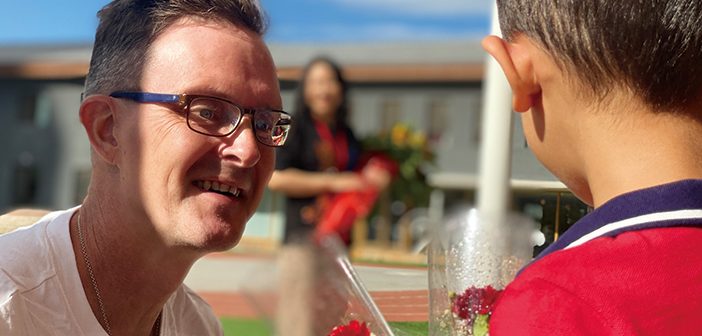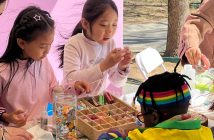When it comes to having the right teacher for their children, most parents would hope for the teacher to see teaching as not just a job but a serious vocation, a calling even. But the reality is, just like most people in long-term careers, some teachers simply fall into it and develop a passion for their new paths through years of tireless service and experience. Ari Perela, a teacher at Journey Academy, falls squarely into the second category, and after more than 20 years’ experience, it is hard to remember a time when this wasn’t his passion in life. “[The] teaching profession was not my original plan. I was hoping to work with something related to sports and athletics. I don’t even remember. It just happened… destiny or something,” Perela wistfully recalls. But after working as a kindergarten teacher, before completing his master’s degree in education and special education teaching studies, Perela fully settled into his role as a teacher, focusing on natural science, physical education, reading, and handicrafts.
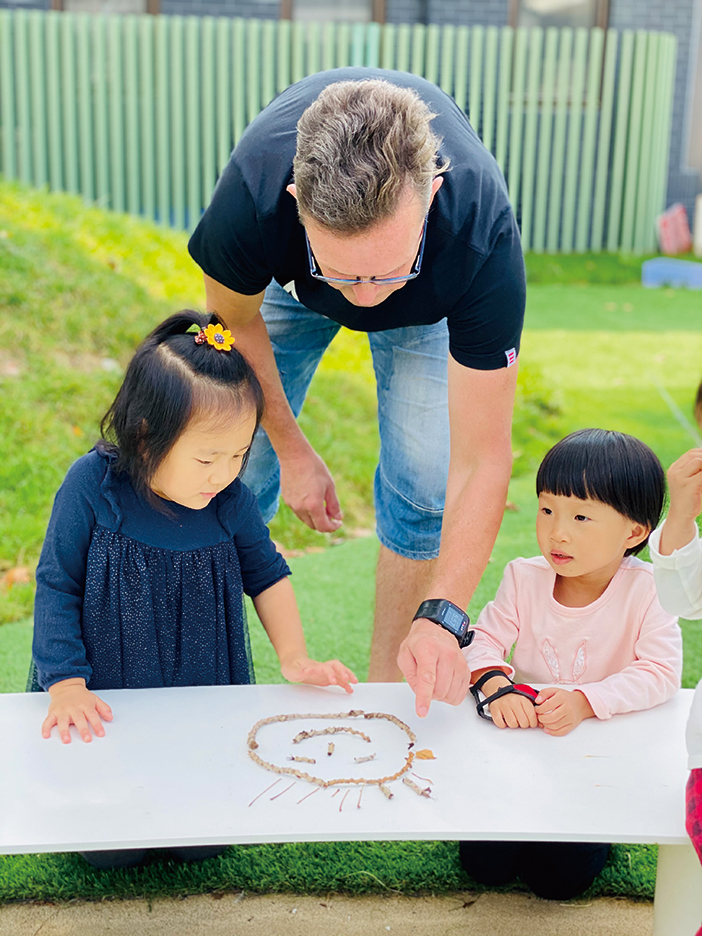
“There is science everywhere: in the garden, in the kitchen, in the city or the countryside.”
Perela isn’t part of the old guard in Beijing’s education world, having only started at Journey Academy in February of this year. This was right before anyone could foresee the havoc that COVID-19 would wreak on learning. Never have science and technology teachers been more essential to explain, especially to the youngest of learners, the state of the world, and why the old way of doing things has had to change so dramatically. This is one of the many learning responsibilities that Perela, as Lead Teacher, Head of Science and Nature Learning at Journey Academy, takes on with gusto. He is the first to admit the new status quo is as new to him as it might be to his students. “At school, we are using smartboards and iPads in lessons. I am originally not very good at using devices as I am more like an “old school” teacher. Yet I understand it is necessary to follow the technological trends of development and inspire our children to use them. Technological devices and apps can offer many new opportunities for effective learning,” explains Perela.
Science and technology are no longer just buzzwords or something on the fringes of education, but important facets that are increasingly being incorporated in early childhood education. As Perela puts it, “We used to think of science as something that scientists do in their white jackets in a laboratory. That it is something unreachable for us, the normal people. I prefer to try to make science less serious as science and technology are becoming a normal part of our daily life. It’s important to wake up children’s curiosity in tech and science above rote learning from text.” This push for tech awareness among young learners goes far beyond them merely understanding technology, but also what technology can do. Perela has taken the initiative to teach his students about science and technology with an environmentally conscious twist.
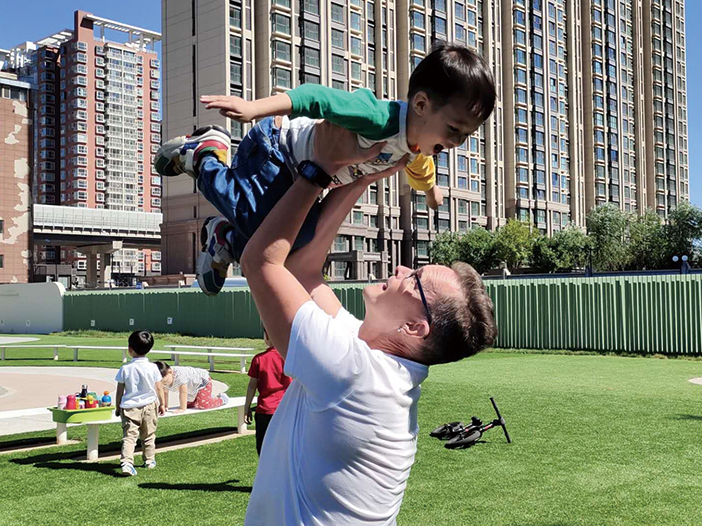 “I am working with small children and I need to make sure they can follow and understand instructions. For example, I use stories to steal their attention. I tell them a story about animals who are suffering because they don’t have pure water to drink. I will give my children their soft toy animals and dramatize the scenario to let them feel empathy. We will then solve the problem together by building a water purifying machine. We use recycled materials (empty water bottles) and I demonstrate to them how we can make dirty water clean and clear again by using filters,” explains Perela. “Children participate in the action by changing clean filters and pouring dirty water. They can see how the mechanism works and this is the basis of technology. I combine nature, science, and technology in my classes, show and give children examples of what they can do, explore, and search in nature.”
“I am working with small children and I need to make sure they can follow and understand instructions. For example, I use stories to steal their attention. I tell them a story about animals who are suffering because they don’t have pure water to drink. I will give my children their soft toy animals and dramatize the scenario to let them feel empathy. We will then solve the problem together by building a water purifying machine. We use recycled materials (empty water bottles) and I demonstrate to them how we can make dirty water clean and clear again by using filters,” explains Perela. “Children participate in the action by changing clean filters and pouring dirty water. They can see how the mechanism works and this is the basis of technology. I combine nature, science, and technology in my classes, show and give children examples of what they can do, explore, and search in nature.”
Perela does admit that there are a few differences between parents in Finland, his home country, and parents here in China when it comes to encouraging learning in their children. “Chinese parents are usually worried about their kids and how they do in anything. In Finland, parents are more relaxed and if their child cannot do something yet, they will think ‘Oh, they are still so young. They will learn that later.’ I understand the competitive environment in China that every parent wants only the best for their children. Yet, I sometimes think some parents try to push their children too hard and I struggle if that is the best way,” Perela muses.
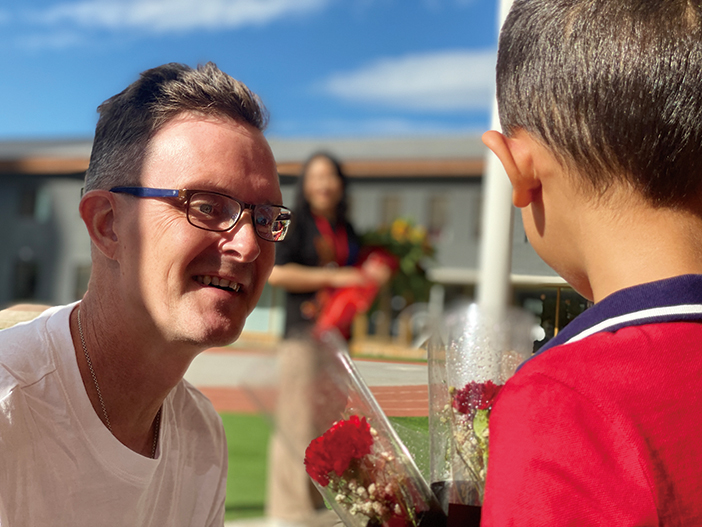
“Almost every child will find nature, science, and technology very interesting, and I believe it is the teacher’s job to guide them in the right direction.”
When he is not occupying himself with the momentous task of shaping future scientists, Perela allows himself the pleasure of exploring his new home. “I like Beijing and the people here; great food, parks, and biking lanes to run. In a big city like Beijing, there is always something interesting happening: I like the hutongs and mountains, and I have visited almost all of the great tourist attractions in Beijing,” says Perela. As to whether this will be his home in ten years’ time, he is as yet unsure. But he is certain about wanting to pass on his knowledge and experience to the next generation of educators. “Professionally, I believe I would be interested in sharing my teaching experiences with new teachers or teaching adults or parents in the future,” offers Perela.
Whether you are a more hands-off or hands-on parent, Perela believes we should all have more faith in young learners. As Perela puts it, “When they are interested in some issues, they will find out how to do it and the hidden message, if someone has given them tools and inspiration,” so it is our job as parents and the society to ignite the spark of creative inspiration.
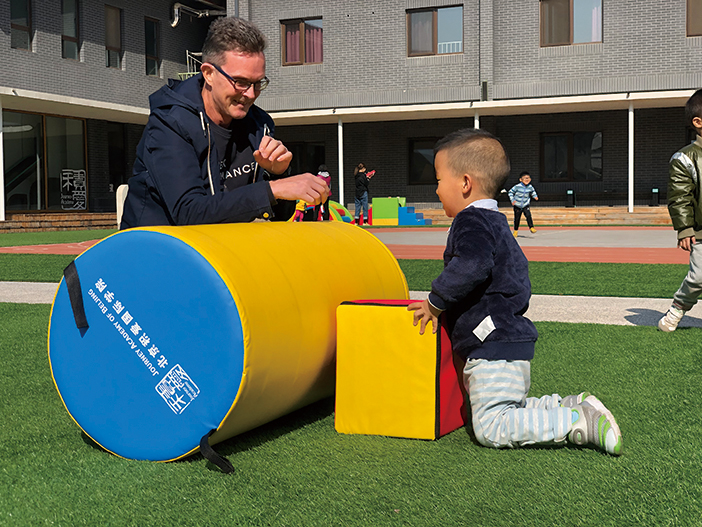
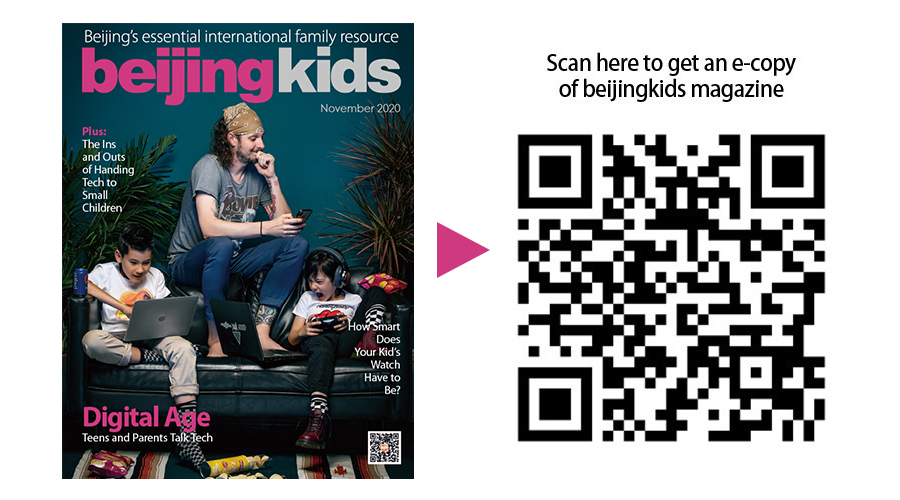 This article appeared in the beijingkids 2020 November issue
This article appeared in the beijingkids 2020 November issue

